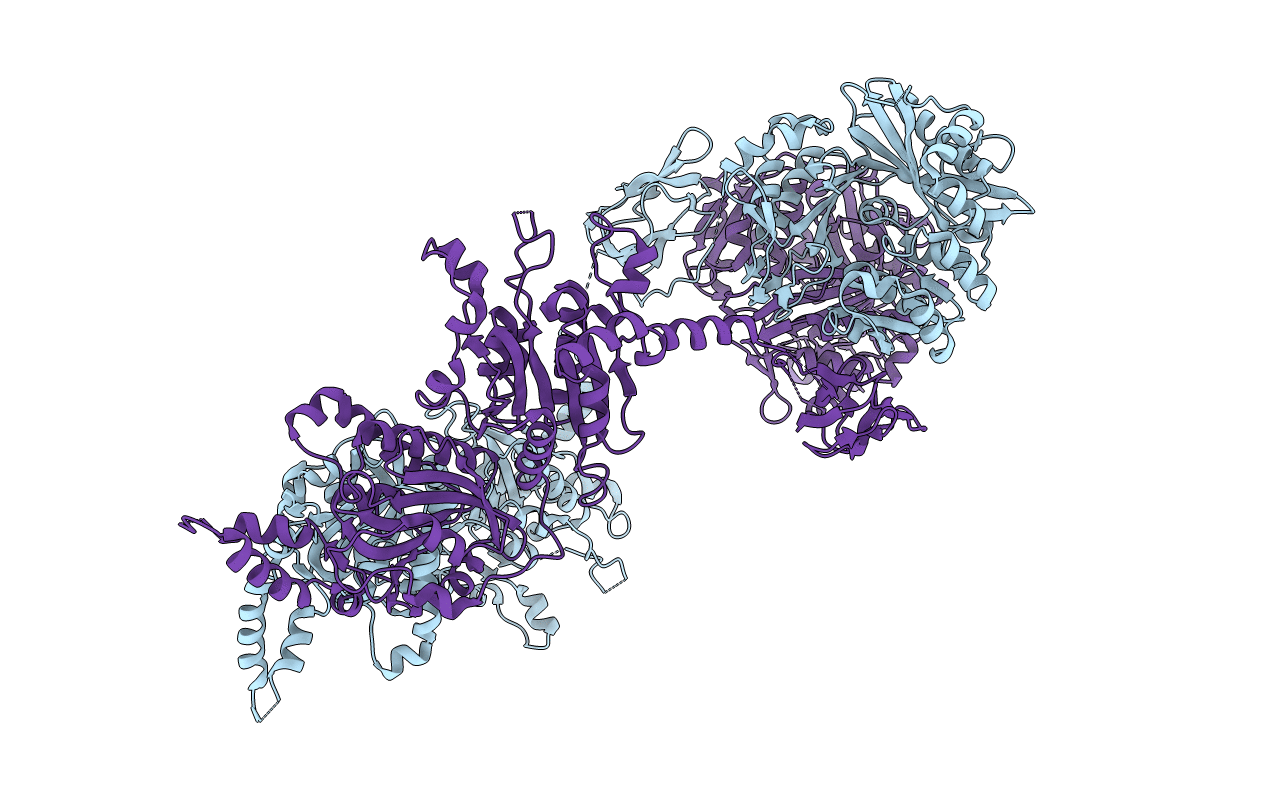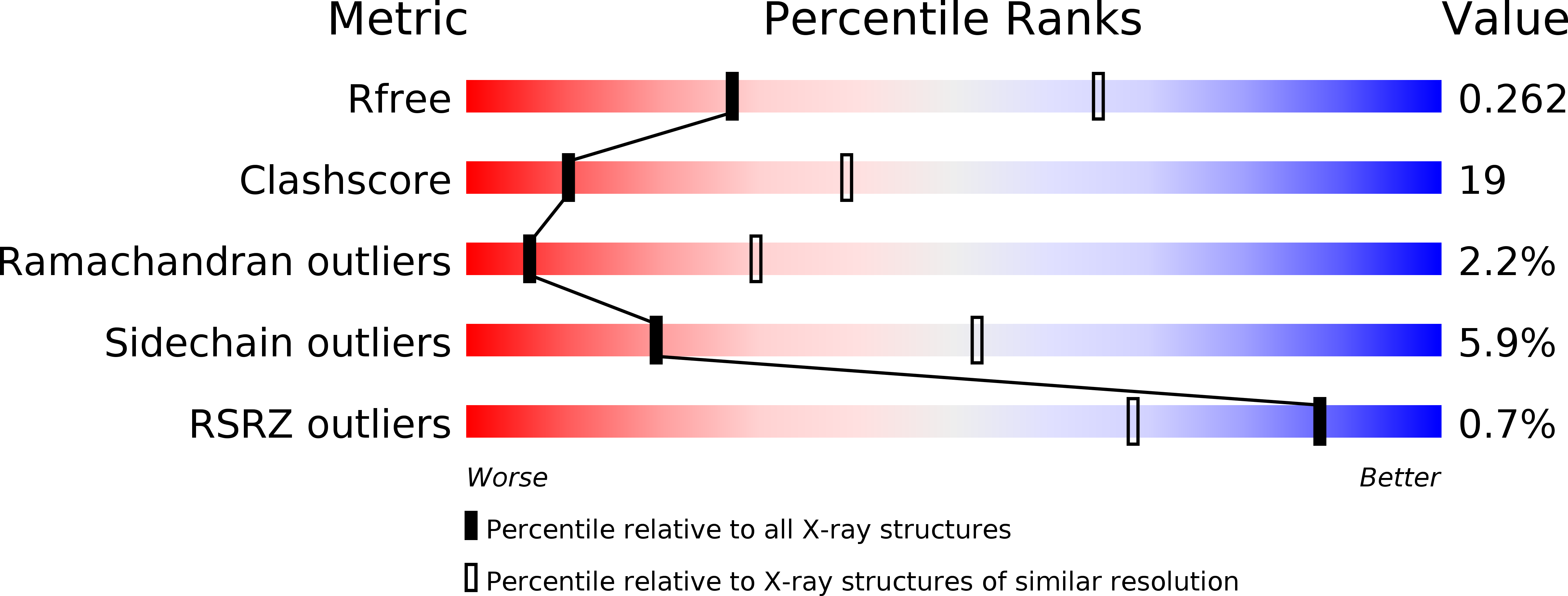
Deposition Date
2014-09-16
Release Date
2014-11-05
Last Version Date
2024-02-28
Entry Detail
PDB ID:
4RCN
Keywords:
Title:
Structure and function of a single-chain, multi-domain long-chain acyl-coa carboxylase
Biological Source:
Source Organism:
Mycobacterium avium subsp. paratuberculosis (Taxon ID: 262316)
Host Organism:
Method Details:
Experimental Method:
Resolution:
3.01 Å
R-Value Free:
0.26
R-Value Work:
0.20
R-Value Observed:
0.20
Space Group:
P 21 3


